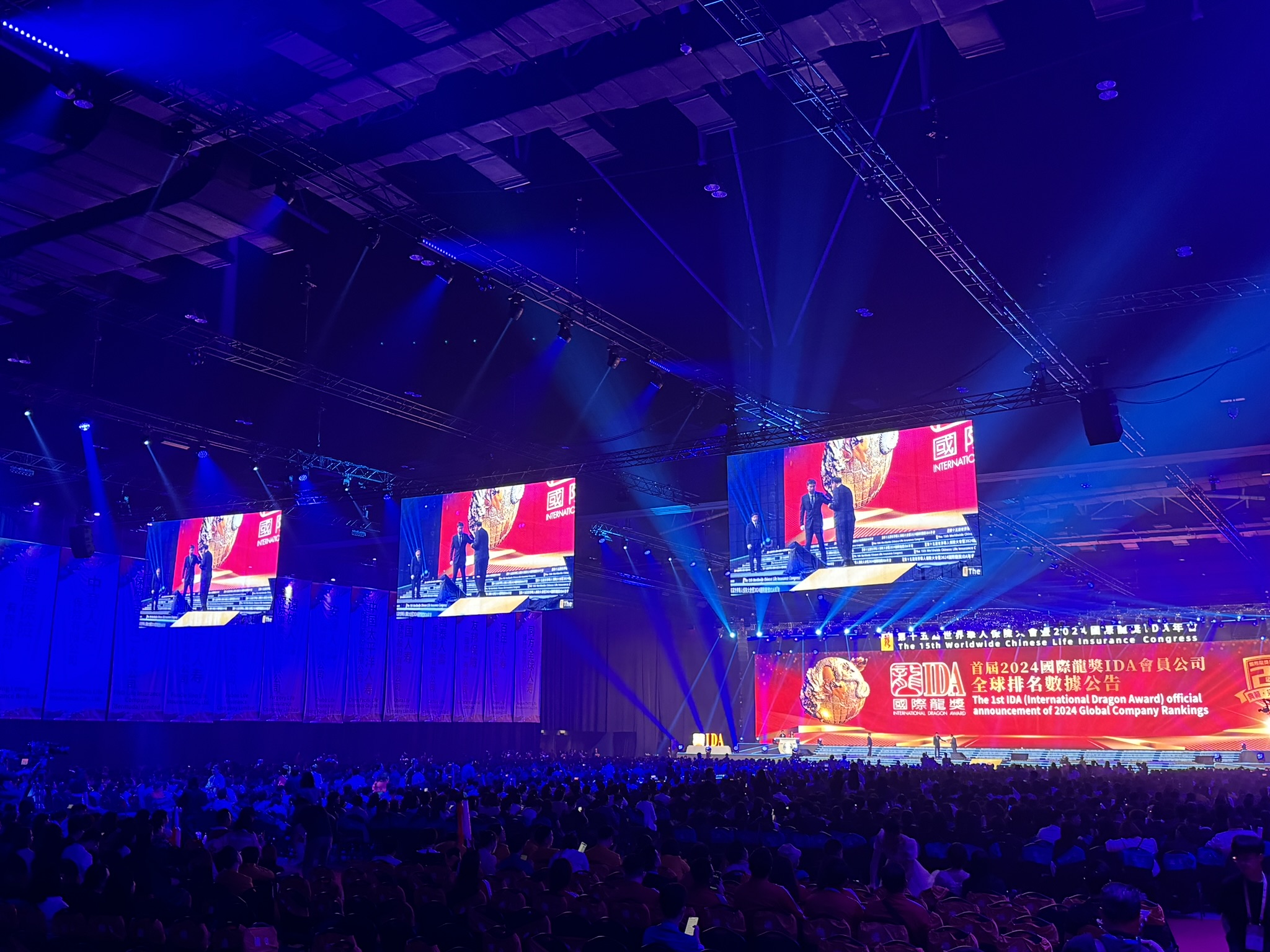When making arrangements for a catered corporate event, a planning team often draws inspiration from current trends in restaurants, which they then discuss with the hotel or caterers that will produce the vision. The reasoning is that if it is popular on the street it should be popular at an event – what is in fashion and in demand by food consumers at the private level is what will also be a hot pick for groups. As a result, trends in catering are often a reflection of restaurant trends, which are increasingly driven by the consumer.

Trend 1: A Healthy Menu
A key focus today is on health, with obesity a seemingly constant news topic and major health issue. With more people conscious of their health and what they can do to maintain it, there is more demand for healthy menus and dishes that still taste delicious, but are nutritionally balanced. At the very least, there is usually a healthy option or two on all menus.
“There is definitely a trend towards what I call rustic menus; these often feature a number of sharing platters and are increasingly associated with healthy eating in that people are free to eat as little as they want,” says Liz Seaton, a trained chef and owner of catering company Gingers (www.gingers.com.hk).
Gingers is one of the most in-demand caterers in Hong Kong, currently averaging 1,200 events per year, from a boardroom lunch for six or a sit-down dinner for eight, through to a corporate cocktail event for 600 guests.
Sharing platter menus are often referred to as “family-style” in restaurants, and an example menu for a corporate sharing platter from Gingers would include: Parma ham, blackened chicken skewer, fillet beef skewer, smoked salmon with lemon, roasted vegetables, artichoke purée, and mixed salad. The majority of the dishes are on the healthy side of indulgent.
This style of dining can also be more cost-effective and is overall less expensive than a multi-course individual-serving dinner, and also requires less staff – both behind the scenes and serving.
Trend 2: Locally sourced
A growing force in the F&B industry today is the locally sourced movement. One way in which it can surface in terms of corporate catering is through a focus on local cuisines, especially popular with international groups.

Diamond Ballroom, The Ritz-Carlton Hong Kong
Lucia Shum, director of catering and events at The Ritz-Carlton Hong Kong, says: “The majority of our corporate catering is for overseas groups, and there is an increasing number of requests to feature local (either Cantonese or other Chinese) style delicacies in the coffee breaks and lunch menus.”
The hotel averages around 12 catered events each month.
Shum believes that there are two main reasons behind this trend. The first is growing environmental concerns. The local cuisine in most Asian destinations will have been prepared from locally grown ingredients for the most part and therefore there is less carbon footprint. Another is wanting to indulge in the local culture via its cuisine.
“People are aware of more culture-specific details of a destination, especially through social media, hence they request local delicacies, for example Hong Kong’s famous egg tart, to be featured in menus,” Shum says.
Going local can also save money, according to Connie Xu, director of events at Andaz Shanghai, which caters around 25 events each month. “Focusing on locally inspired menus is particularly popular with groups on a tight budget,” she says.
Trend 3: The ride of offsite catering
As event planners increasingly choose exotic standalone venues for their gala dinners and cocktail receptions, there is a corresponding surge in the demand for offsite catering – and many hotels are finding this is a lucrative second business.
According to Mandy Wan, associate director of event sales at Grand Hyatt Singapore, offsite events have a real buzz about them, with organisers excited about the unique and inspirational venues opening up their spaces to corporate groups. “It is really the end user’s playing field with a gamut of venue options for them to choose from to fit the scale and type of event. We have catered for events at the Asian Civilisations Museum, Burkhill Hall in the Botanical Gardens, on yachts and in nurseries.”
Grand Hyatt Singapore now has a strong focus on offsite catering, but the business grew more as a result of serendipity: the hotel was set to renovate its function space, yet it was still getting requests for catering. The answer was to serve meals outside its premises.
“We have registered a noticeable increase in offsite catering enquiries,” Wan says, adding that the hotel currently caters for between 20 and 30 corporate groups each month, ranging in size from 10 to 500 people.
Another hotel seeing huge growth in offsite catering is Andaz Shanghai, which has its catering team manning and serving F&B at corporate events in and around Shanghai, with the largest event being for 600 people.
Trend 4: Theming
Themes are another hot topic. Both The Ritz-Carlton Hong Kong and Grand Hyatt Singapore have seen an increase in the number of corporate clients requesting that menus be designed around a specific theme.
Grand Hyatt Singapore
Wan of Grand Hyatt Singapore says this can range from incorporating one key ingredient, such as coffee beans or chocolate, through all courses of a sit-down dinner to a single cuisine-based event. Shum of The Ritz-Carlton Hong Kong echoes the same sentiment: “It is essential to keep interest and excitement by offering special themed breaks or menus, for example chocolate, vegetarian or healthy.”
Other popular requests are the classic waiter-passed canapés, and dessert-only buffets. Standing cocktails with live cooking stations are also popular, and create a natural way to mingle; guests also enjoy the fact that the food has been prepared à la minute as well as the freedom to select what they want to eat. Also hot, and reflecting a global trend in the restaurant industry, is tapas-style, or small plate dining. On the catering level it works for both stand-up cocktails and sit-down dinners. One trend for cocktail events or pre-dinner drinks that has taken off in the US and may be the next big thing in Asia is cocktail-and-appetiser combos, part-drink part-canapé, such as a Bloody Mary gazpacho.
Trend 5: Eye on the budget
A tight grip on budgets remains an ongoing trend. “Companies are getting at least three quotes. I get a lot of requests for quotes but ultimately they choose the one that suits their budget best,” says Seaton of Gingers. She works with clients on ways to put on a culinary event within budget and will offer tips on ways to save money. “For example, keep the menu simple, serve less food and less alcohol.”
For Shum at The Ritz-Carlton Hong Kong, companies keen on cost saving may want to hold their event during low season as this significantly impacts the overall spending. “My advice for catering on a budget would be to communicate the exact budget to the hotel at the very beginning, so the hotel can tailor the menu or package for them. Say, for example, fewer items to be offered at the coffee breaks.”
Wan of Grand Hyatt Singapore also believes that open communication is key to a successful event within budget. “Don’t be afraid to be up front with the events team about your budget. This will help us plan meals, beverage and finishing details that will fit realistically to your budget requirements, while matching your expectations at the same time.”
DO'S AND DON'TS
The Ritz-Carlton Hong Kong
- DO include a vegetarian choice in your menu
- DO ensure there is constant communication with the event organiser and caterers
- DO provide the organiser with any dietary preferences and restrictions as early as possible
- DO include local cuisine options, especially if attendees are from overseas
- DO make at least one site visit to understand the venue fully
- DON’T plan to have all the meals in the hotel, likewise don’t have all the meals in the same venue within the hotel if hosting a multi-day event…provide variety
- DON’T pick items that may only appeal to limited numbers, for example spicy food
Andaz Shanghai
- DO consider the ease of getting to the location of the catered event – if selecting a hotel, choose one centrally located
- DO pick a hotel with an experienced management and service team
- DO have one main contact from initial inquiry to completion
- DO ensure you have credit approved before booking the venue
- DO request menu tastings to ensure you are getting what you want
- DON’T choose a hotel (or other venue) simply because of a lower rate
- DON’T rely on photos and websites, make sure you visit the venue and discuss your requirements face to face
Grand Hyatt Singapore
- DO anticipate for wet weather for offsite events – never leave it to chance
- DO walk through the venue with your events team in advance
- DO allow a minimum of three to four weeks for RSVPs to ensure that the events team will be able to fulfil your required changes
- DON’T be afraid to keep your food and beverage line-up simple. For example, instead of having an international buffet, have a themed single-cuisine buffet to give it a singular identity
Gingers
- DO employ an expert, but have an idea of the type of food and drink you want before doing so – it saves time and potentially money
- DO check that the venue is suitable for your required needs and be realistic. For example, trying to host 300 people in a 46.5 sqm space just won’t work
- DO hire wait staff. Corporations often neglect to do this as they think they can look after this aspect of an event themselves, but often this ends up a disaster. Wait staff are professionals – for a professional job hire a professional
- DON’T be over-ambitious or try to do everything yourself just to save money
- DON’T expect people to turn up on time
- DON’T be stingy in terms of food and staff
Vicki Williams


